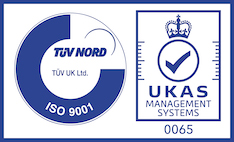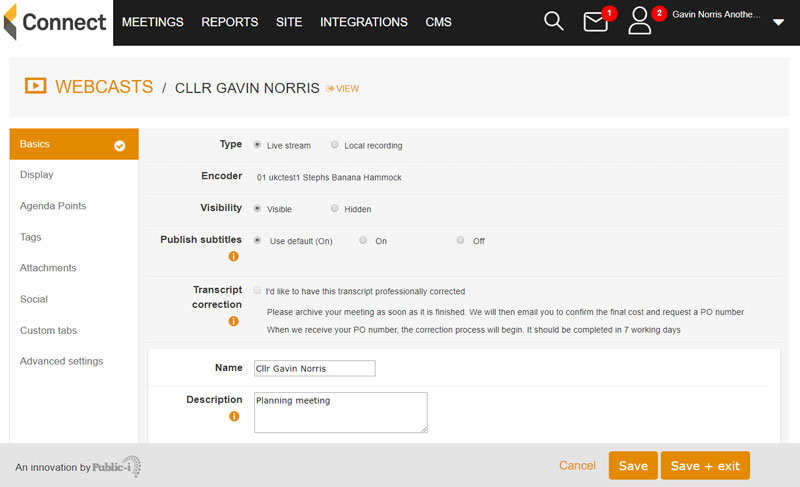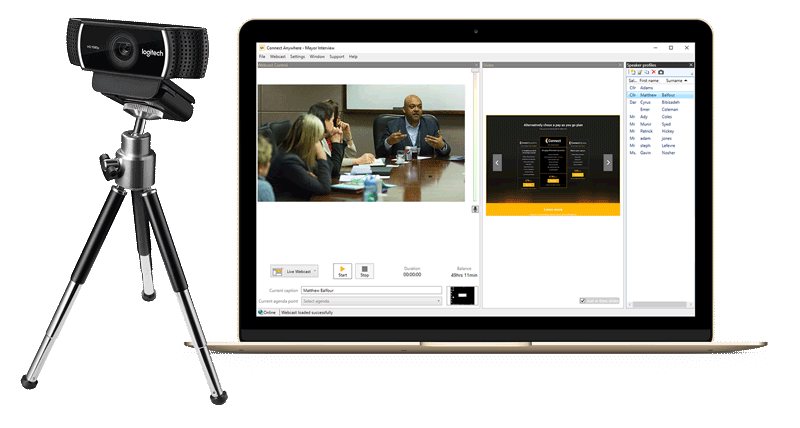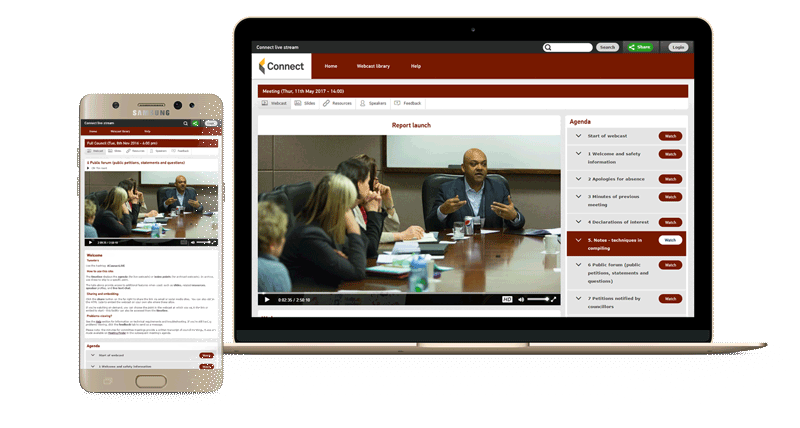Sound too good to be true? Maybe. But thinking outside the box can lead to some innovative cost-savings, and sometimes even money in the pocket.
The pressure on our public bodies to reduce costs is well known. The 2007-8 financial crisis triggered many things; the closure of some famous banks, a (temporary) stagnation of the UK housing market and the re-introduction of a word not used in earnest since the depression of the 1930s – austerity.
Austerity meant cuts, basically, which meant job losses and a reduction in services. Consultants were called in and work was out-sourced to shared back offices. Bus passes and swimming pool passes were withdrawn, as well as a clampdown on benefits. Then, in November 2015, the Comprehensive Spending Review signalled further trouble for local governments.
Of course, against the backdrop of these cuts, citizens still expect transparency and openness in government. In fact, in the era of austerity, it’s never been more important to make the democratic process open and transparent. It’s no surprise that we at Public-i think webcasting is a great way of achieving this. The challenge is how to balance this with financial pressure from other areas. Obviously webcasting doesn’t happen for free – that would be a pretty poor business model. Thing is, digital technologies actually provide the perfect opportunity for saving and even making money, and webcasting can play a big role in that. Some of our clients are using their webcasting equipment in really smart and innovative ways to get the most value from it. These are some of our favourite examples:
- Quite a few Councils now offer their digital facilities for hire. It’s long been possible to get married in some magnificent public buildings, but now the whole event can be webcast and then archived as a reminder of the happy day. Friends and family around the world can join the celebrations, and the Council has an extra revenue stream. There’s even been talk of streaming funerals.
- Others have started to use their webcasting equipment for internal meetings and training as well as public-facing events. This is especially useful for authorities with large rural populations where staff are spread far and wide. Carrying out meetings and training online means that there are huge potential savings for travel and time costs. Of course, once webcasting equipment is installed – it makes sense to utilise it as much as possible.
- Another Council has saved a yearly bill of over £30,000 by dispensing with printing and directing residents to the website instead. Councils are increasingly choosing to webcast more meetings than the monthly Full Council. With contentious planning meetings in particular, there is an obvious cost saving to online consultations rather than lengthy paper-based ones. Getting people to join in online rather than attending meetings in person saves a lot of resources. Viewers can still have sight of all the plans, maps and slides – but they don’t need to leave their living rooms and they don’t need reams of printed paper.
These are all real examples where cash strapped local government authorities have found ways to save money, and even make money, by using their digital facilities smartly. Austerity might have been difficult to deal with but it has triggered an interesting change of thinking. Councils are increasingly approaching digital as part of the solution to problems of austerity, rather than an additional hurdle to overcome.











